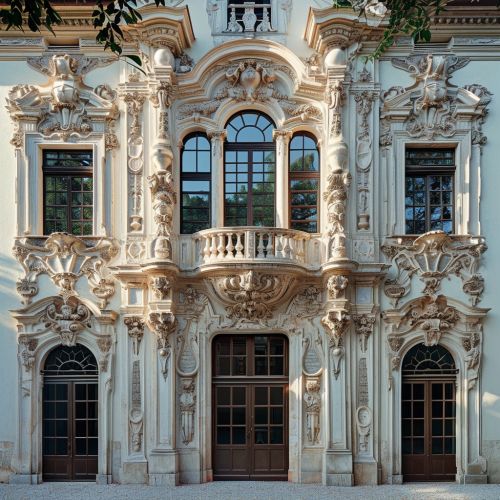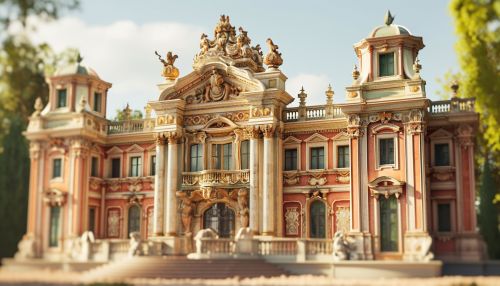Carlo Maderno
Early Life and Education
Carlo Maderno was born in 1556 in Capolago, a small town in the Ticino canton of Switzerland. His family was known for their work in stonemasonry and architecture, which likely influenced Maderno's career choice. He moved to Rome in 1588, where he was introduced to the world of Italian architecture and the Baroque style.
Career
In Rome, Maderno worked under his uncle, Domenico, a well-known architect of the time. He quickly gained recognition for his work, and in 1603, Maderno was appointed as the chief architect of Saint Peter's Basilica, a position he held until his death in 1629.


Saint Peter's Basilica
One of Maderno's most significant works is the façade of Saint Peter's Basilica in Vatican City. He was commissioned to extend the nave, making the basilica a Latin cross rather than a Greek cross. This extension was controversial, as it obstructed the view of the dome when approaching the basilica. Despite the controversy, Maderno's design was executed and remains to this day.
Santa Susanna
Another notable work by Maderno is the Church of Santa Susanna in Rome. Built between 1597 and 1603, it is considered one of the first examples of the Baroque style in architecture. The façade of Santa Susanna is characterized by its dynamic movement and dramatic contrast between light and shadow, typical of the Baroque style.
Other Works
In addition to Saint Peter's Basilica and Santa Susanna, Maderno designed several other significant buildings in Rome. These include the façade of Santa Maria della Vittoria, the Barberini Palace, and the Church of Sant'Andrea della Valle.
Style and Influence
Maderno's architectural style is characterized by its grandeur and drama, typical of the Baroque period. His designs often feature dynamic movement and a strong contrast between light and shadow. His work had a significant influence on later architects, including his nephew Francesco Borromini and Gian Lorenzo Bernini, who are considered key figures in the development of Baroque architecture.
Death and Legacy
Maderno died in Rome on January 30, 1629. His work had a lasting impact on the architecture of Rome and the development of the Baroque style. Today, his buildings are considered significant examples of early Baroque architecture and are visited by millions of tourists each year.
